Learn how to make perfect brown butter every single time in just 10 minutes to add a nutty and caramelized flavor to all of your favorite recipes, including savory dishes and sweet baked goods.
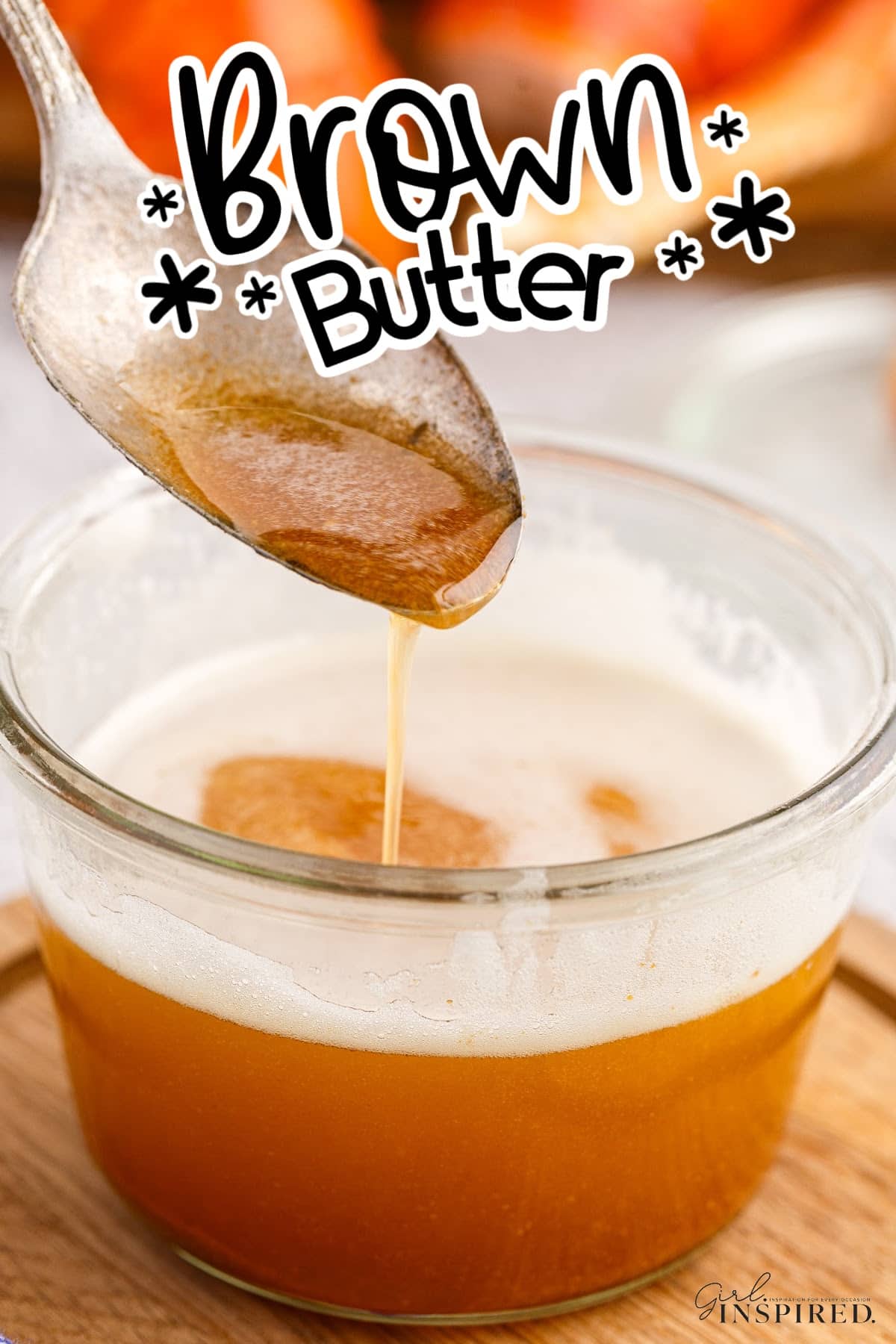
If you’ve never tried browned butter, you may be thinking it’s something to use in fancy recipes, but really, it’s a simple secret ingredient that takes average recipes to the next level. During the cooking process, the moisture in the butter evaporates and the milk solids settle to the bottom of the pan and turn deep golden brown as they caramelize. This is where the magic happens and where all of the flavor comes from. Such an easy way to add an extra punch!
Nutty brown butter is like liquid gold. You can serve with savory recipes like potatoes, pasta, with seafood, or pour over a grilled tomahawk steak or grilled New York strip steak. Browned butter is also popular in baking. Usually it can be substituted for regular melted butter in any recipe.
Add browned butter to your tonga toast or banana buttermilk pancakes, or try my brown butter frosting, Brown Butter Frosting, it can be used on any cake or cupcake.
Jump to:
🧈 Ingredients:
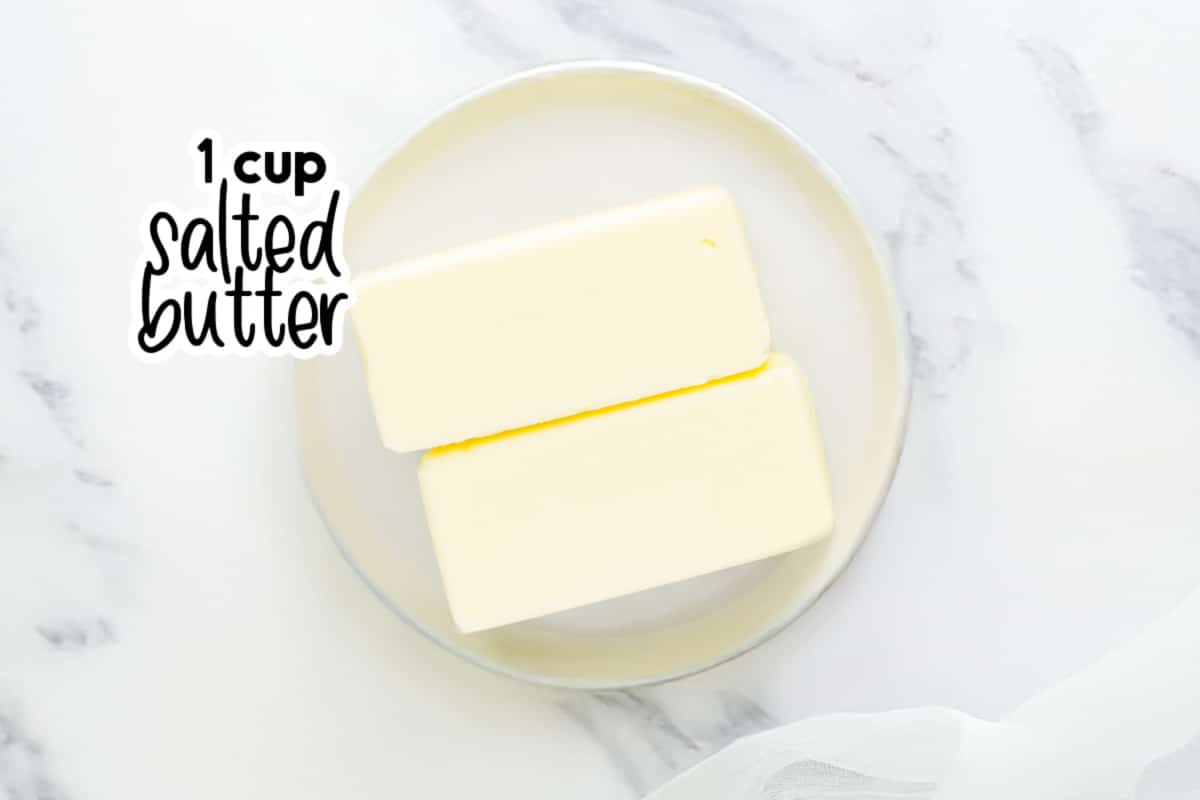
- salted butter – if you want to use unsalted butter you can, just add a pinch of salt or omit.
For a full list of ingredients and their measurements, 📋 please view my printable recipe card at the bottom of the post.
Substitutions and Variations
- Herbed: some like to add herbs and spices like black pepper, fresh sage, thyme, etc when making brown butter for savory dishes.
- Softened butter: to swap brown butter for softened regular butter in a recipe, allow it to cool completely and solidify first.
- Microwave: Melt butter in a microwave safe bowl for 4-5 minutes. Cooking times may vary based on your microwave and you will need to monitor carefully to stop cooking as soon as it toasts. For best results, we recommend the stove top since it doesn’t take long.
🔪 Instructions:

Step 1: Heat the butter over medium-low heat in a heavy bottom light-colored saucepan until it melts. (A light-colored pan makes it easy to visually follow the progress of the cooking. As you’re learning, it’s helpful to see the color of the butter.)
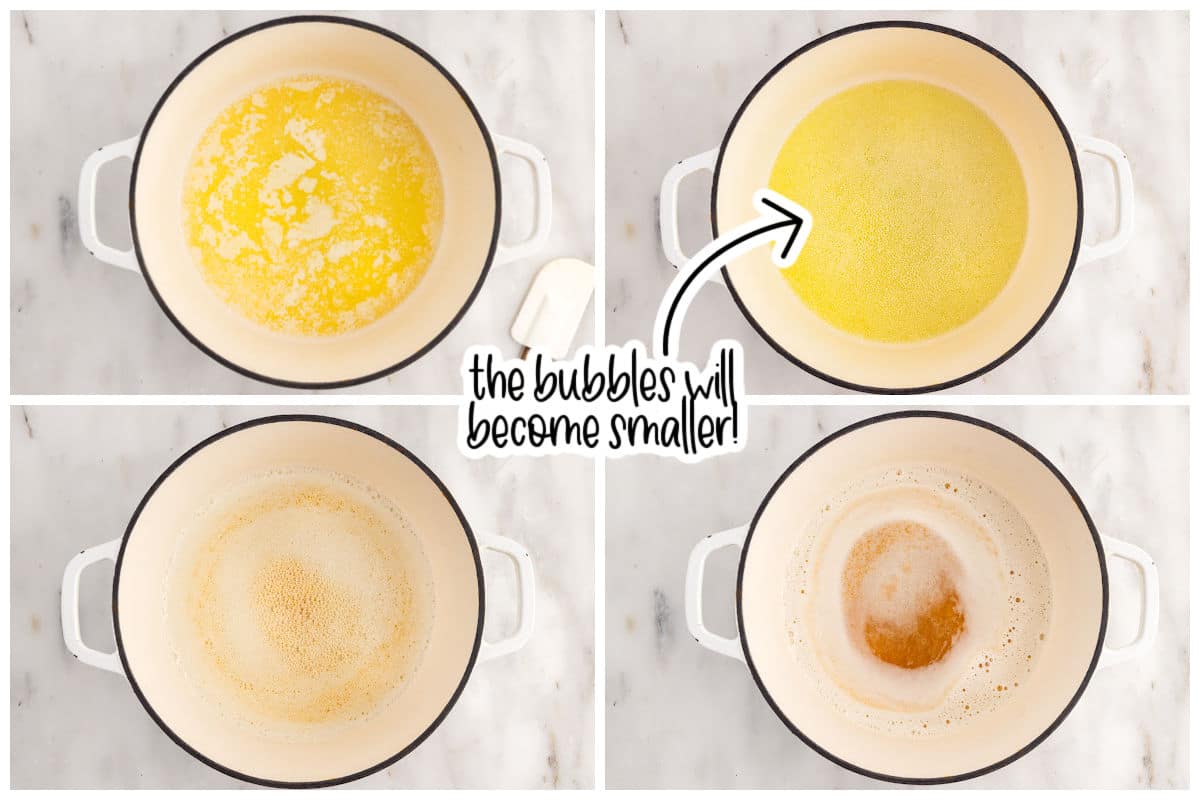
Step 2: Use a rubber spatula or wooden spoon to stir constantly. As the butter melts, the bubbles will become smaller and will foam. Cook for a few seconds longer until you see it turning a deep golden color.
Pro Tip: Avoid using cold butter. It will not cook as evenly and can burn faster.
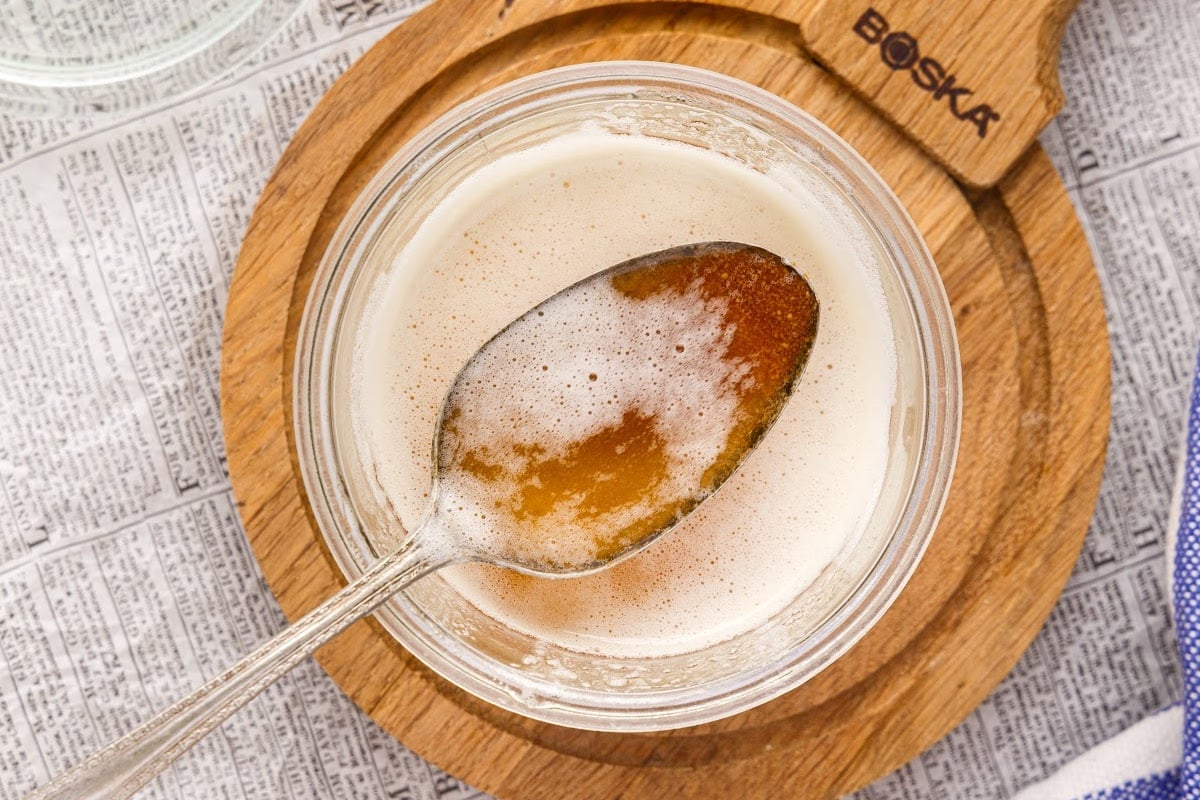
Step 3: Remove the butter from the heat source and transfer to a heatproof bowl. This will help to stop the cooking process so you don’t end up with burnt butter. You want all of the browned bits included in your bowl of brown butter.
SERVE: Use in your favorite brown butter recipes, or store in the refrigerator for later.
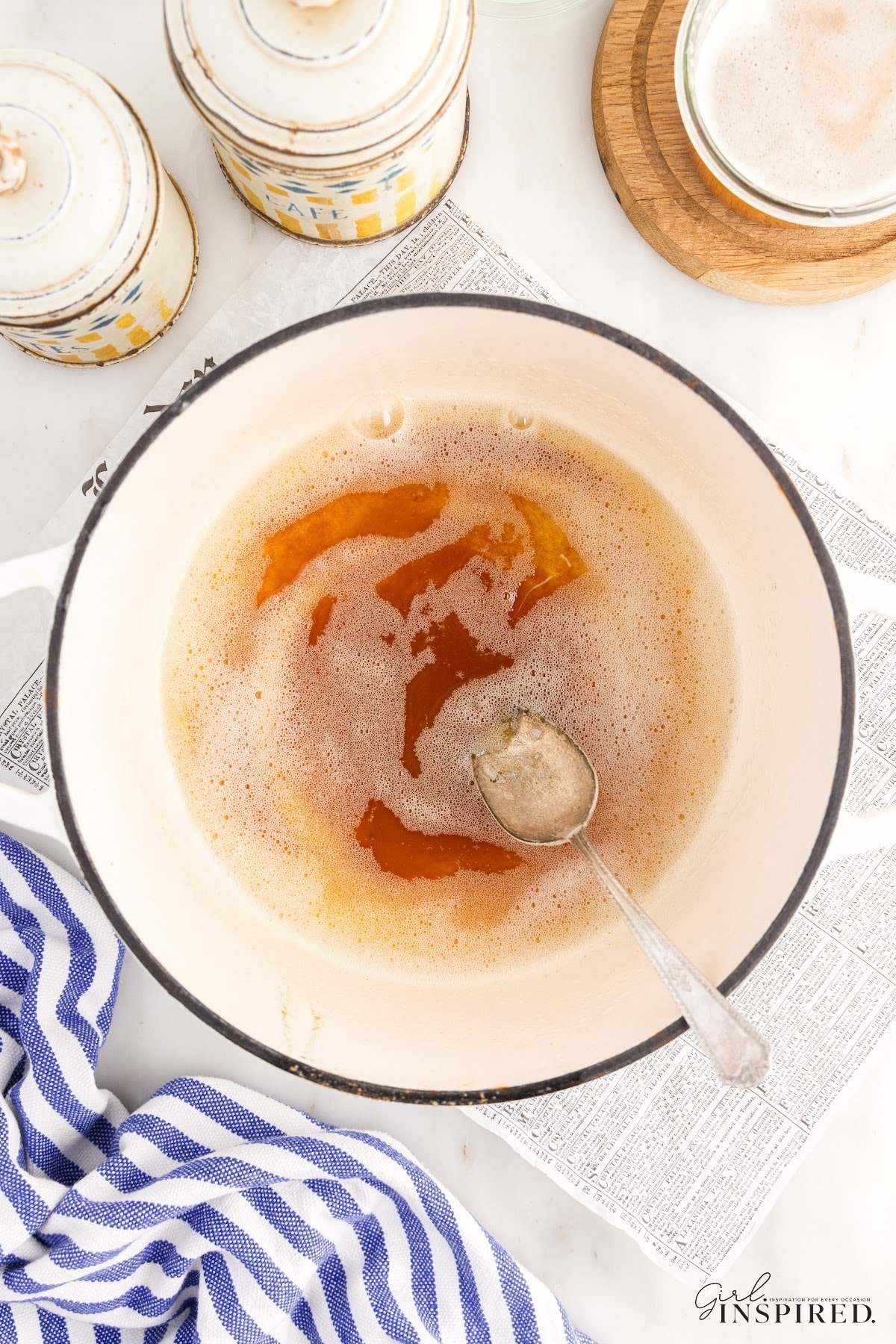
Recipe Tips for Browned Butter
- We recommend bringing the butter to room temperature before the cooking process. If the stick of butter is really cold, it may not cook as evenly and burn faster.
- Using a light-colored pan works best so you can see when it browns.
- The rich, nutty complex flavor comes from the caramelized milk proteins in the butter.
- You will see brown specks. Don’t strain these from the liquid butter, they are full of flavor.
- When using brown butter in other recipes, you want to measure it after it has melted so it’s most accurate. For example, if a recipe calls for ½ cup of melted brown butter, you may need more than 1 stick of butter because some of the water content will evaporate as the butter browns.
- Keep a watchful eye when you start to notice the color change.
- Feel free to adjust the amount of butter based on what you need.
- As the butter solidifies, the little brown bits will sink to the bottom, so give it a stir before using.
- When the butter is light brown, it will have less flavor.
- Do not cook over medium-high heat in an attempt to rush the process. Be patient for delicious results.
Fun Fact
In France, brown butter is called buerre noisette and translates to hazelnut butter. The technical term for this process is the Maillard Reaction.
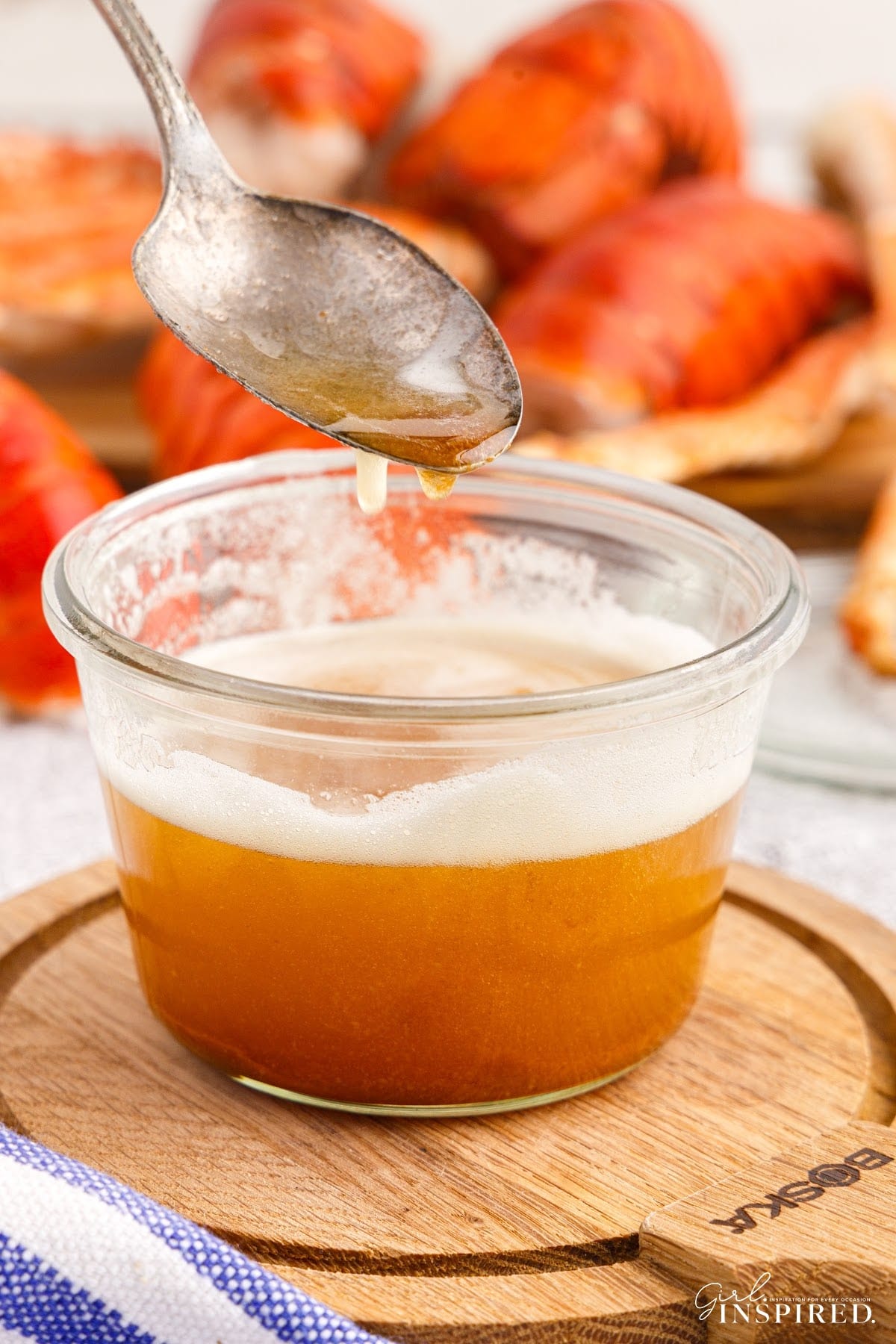
Recipe FAQs
Browned butter, also known as beurre noisette in French, is a type of butter that has been cooked until it reaches a golden brown color and develops a nutty aroma and flavor. During the browning process, the milk solids caramelize, giving the butter its characteristic brown color and nutty taste. Brown butter is commonly used in both sweet and savory dishes to add richness and depth of flavor. It’s often used in baking, sauces, and as a topping for vegetables or pasta.
Unlike regular sticks of butter, margarine does not have the milk solids that become caramelized, so this process will not work.
Keep leftovers in an airtight glass container in the refrigerator for up to 1 week. You can also keep in it a plastic bag or container and freeze for 2 months.
Recipes to Use Brown Butter With
If you tried this Brown Butter Recipe or any other recipe on my website, please leave a 🌟 star rating and let me know how you liked it in the 📝 comments below.
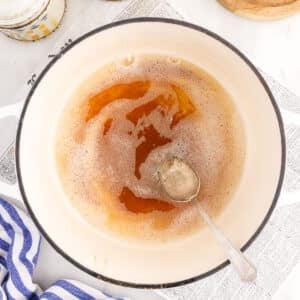
Brown Butter
Ingredients
- 1 cup salted butter
Instructions
- In a large saucepan or skillet, heat room temperature butter over medium heat until fully melted.
- Stirring constantly or swirling the pan, continue heating until butter begins to simmer. The bubbles will gradually become smaller until a foam covers the top of the melted butter. Once the butter foams, cook just a few seconds longer until you see the butter caramelizing in the pan – turning a golden brown color.
- Remove from heat and transfer brown butter to a serving bowl.
Would you like to save this?
Notes
Nutrition
Make this recipe?
Share it with me on Instagram @girlinspired1 and follow on Pinterest for more!

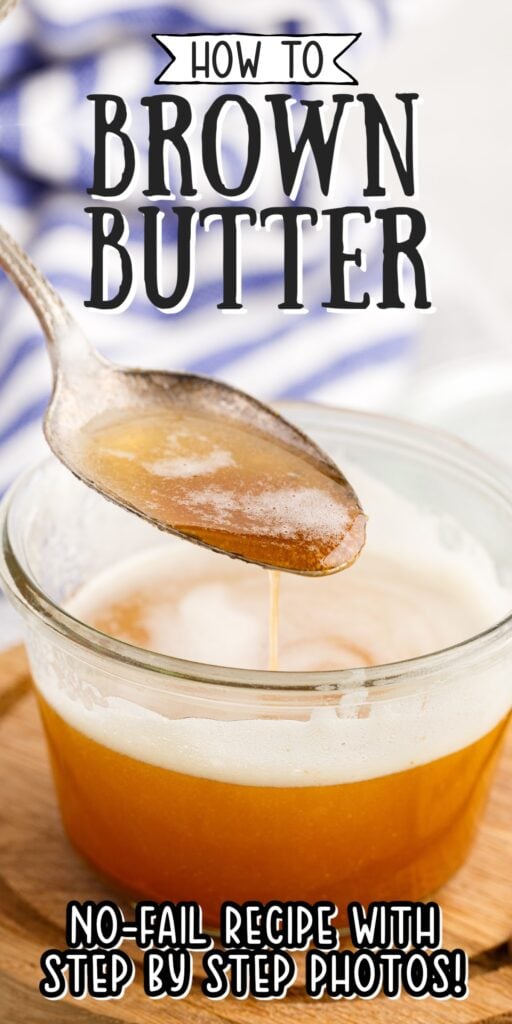
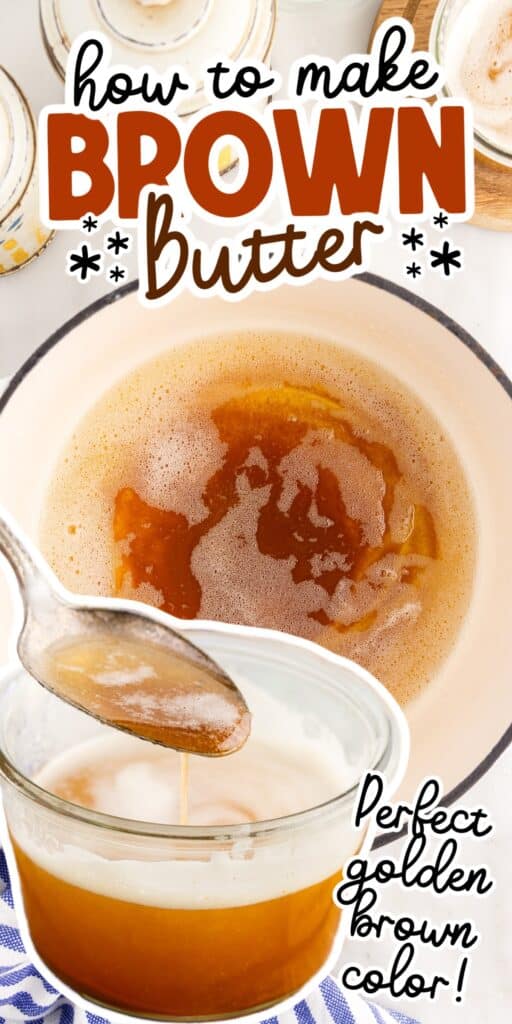
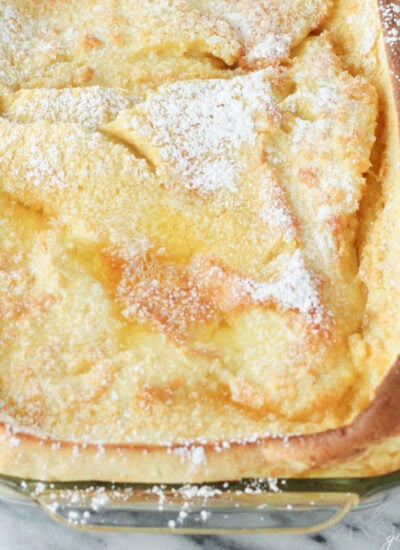
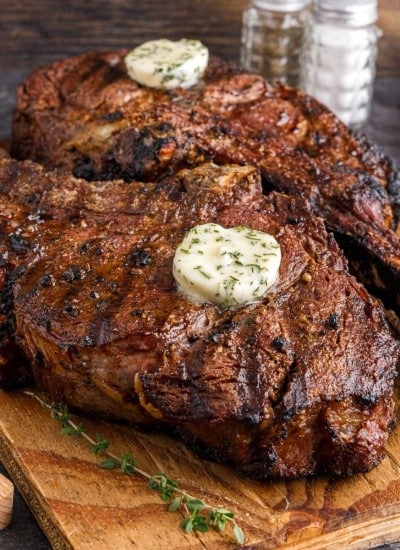

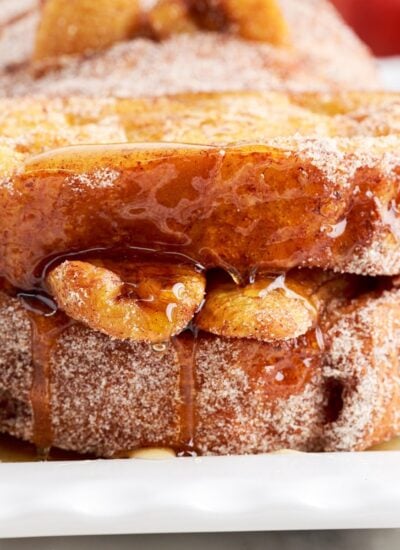
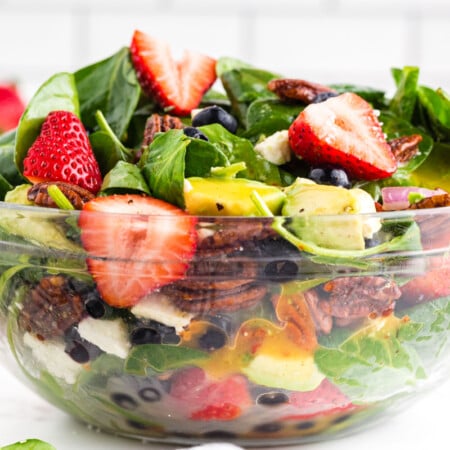
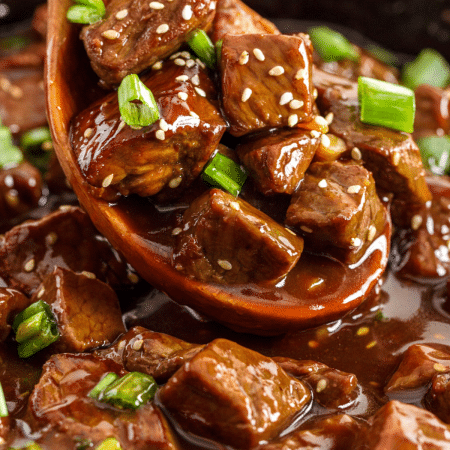







Leave A Reply!